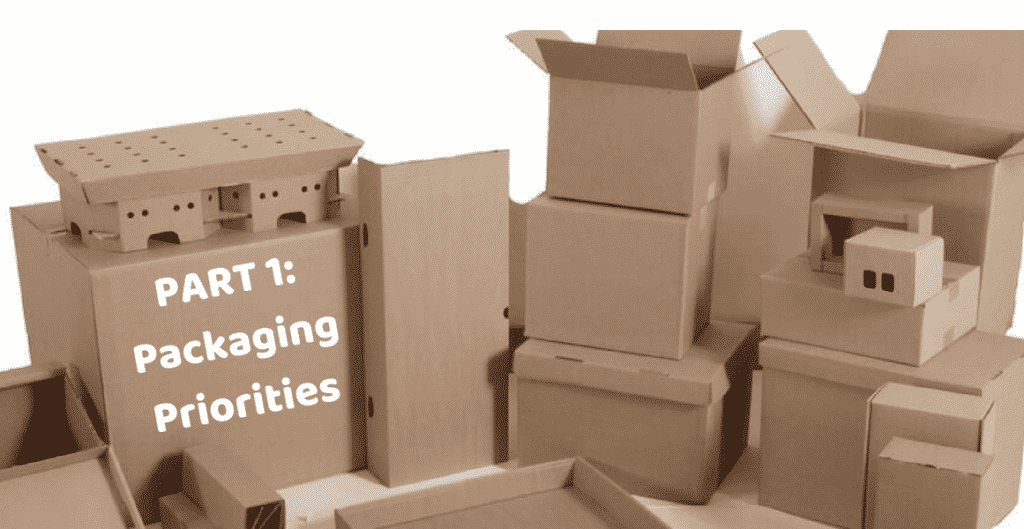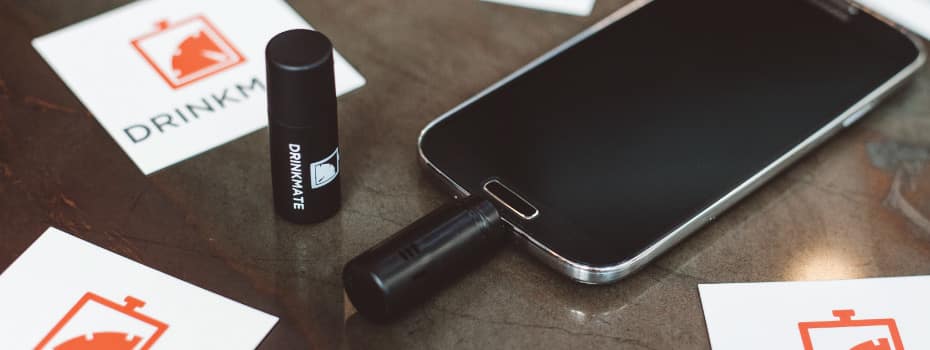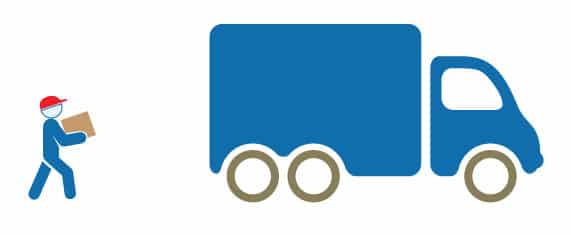Part 2: Packaging Priorities
We try to make it easy to understand the costs of fulfillment and shipping before you start. We really do! We’ve noticed, however, that no matter how much planning goes into it, the actual cost of order fulfillment and shipping can leave some business owners frustrated. For some reason, once you actually start shipping, the shipping costs seem just a tad higher than you had originally estimated, and you’re left scratching your head.
You mentally go through your checklist of Responsible-Things-To-Do when assessing costs: You researched shipping rates before you opened your ecommerce store or launched your crowdfunded project on Kickstarter or Indiegogo. You carefully weighed the products, entered the results into various fulfillment service shipping calculators, and averaged out both foreign and domestic destinations. You dutifully called a great fulfillment center to be sure to account for pick-and-pack fees, storage fees, and even monthly account maintenance fees. However, after sending your goods to the warehouse and following through on your first few orders, you are noticing an unsettling trend. Your orders are simply more expensive to ship than you were sure they would be.
What went wrong?
In these cases, the answer, most often, is packaging.
The way you package your product can have a real impact on shipping costs. In these three articles, we’ll explain why that is, and what you can do about it. We’ll also show how we at Fulfillrite are combating the issue with one-on-one consultation designed to eliminate the problem from the outset.
But first, let’s understand why packaging is important and what goes into choosing the right one.
For all the hoopla surrounding it, packaging ultimately serves two primary functions.The first and most important, is protection. Everything from edibles to electronics are susceptible to dirt, liquid, bangs, and bruises, which can damage the product. Even leaving a product on a shelf untouched leaves it vulnerable to the elements like light and dust which can compromise its integrity and appearance. Because of how critical it is for your products to be in absolutely pristine condition at the time your customer opens it, this level of protection is a must. Packaging extends the shelf life, keeps away the grime, and absorbs the knocks and bumps. (Fun fact: using packaging to solve this issue is not a new concept. Nature itself utilizes “packaging” for product protection! For example, how far would bananas get without the tough outer peel?) In that regard, exposure is your enemy and the more durability and coverage the packaging provides, the better.

“Unboxing” is a term used to describe the experience of removing a product from its packaging. Thousands of videos on YouTube focus solely on the unboxing experience.’
The second important aspect of packaging is, ironically, creating exposure, and this is broken down into two categories: One: branding, and two: information. Let’s look at the first one. Your package is an extension of your brand, and in many cases, is your branding itself. It is what customers first see and interact with when connecting with your product and getting a feel for the item. The visual and tactile experience that packaging provides can easily convey more about you and your brand than even the product itself can. It is a make or break opportunity to get deep into the hearts and minds of your customers. What feelings do you want your customers to associate with your brand and your product? Luxury? Security? Quality? Do you want them to feel excited? Relaxed? Proud? Relieved? There is a reason why gift-wrapping is so integrally associated with gift giving. How you feel when opening the item makes all the difference. “Unboxing” is a term used to describe the experience of removing a product from its packaging. Thousands of videos on YouTube focus solely on the unboxing experience products and companies provide, even before they begin to use the items! A great choice of packaging will expose the product and your company in the most attractive light possible, conveying the message and experience you want your customers to receive. The second category is information. Does the packaging clearly convey what is inside? Is there a picture or graphic that is accurately representative of the contents? Packaging is where you communicate descriptions of the contents, ingredients, legal and technical information, and health and safety data. Bar-codes, serial numbers, and other tracking devices are generally incorporated in the packaging. With clever depictions, you can explain the product’s features and provide instructions for use. Functionality and design must work together.
To satisfy the “exposure/protection” requirements, many product developers opt for strong materials with attractive graphics. Cardboard boxes and hard plastic shells are common choices because they are naturally protective, are economically priced, and can be made to look aesthetically striking. It makes sense to use these materials from a product perspective.
In the next installment of this 3-part series on packaging, we will discuss the pros and cons of using those materials when considering other factors such as shipping costs and sustainability. We will break down the shipping costs and show where planning ahead with the right packaging can be a game changer down the road.
You’ve done everything by the book. Your Kickstarter campaign is almost ready to launch.
You made a great product. Built an audience. Set up a campaign page.
But how do you ship it?
We put this checklist together to help you get started. It's free.





